Join US
Do you want to build the fantasy world you’ve always dreamed of?
Subscribe to receive notifications when a new post is out and for our monthly newsletter!
You can always unsubscribe anytime.
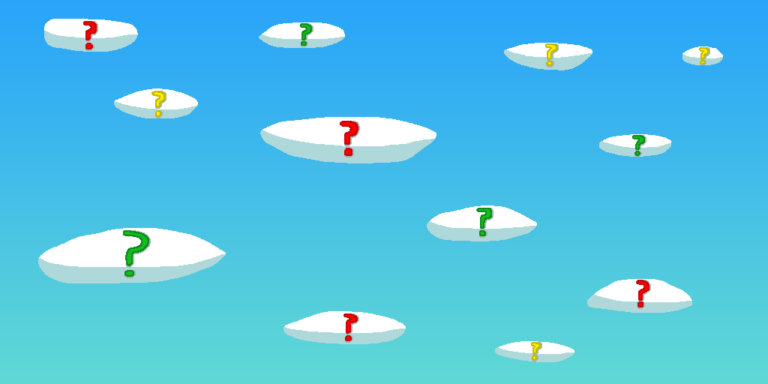
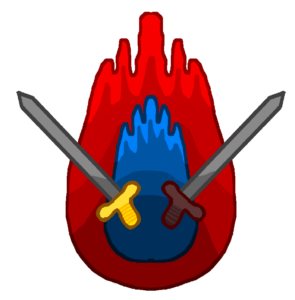
Imagine you’re at a bookstore, wanting to buy a new fantasy book. You’re looking at all the books sitting on the shelves, hoping to find one that catches your eye. After scanning the shelves, two books draw your interest. After glancing at their front covers and reading the back, you open them to look at the first page. You wind up putting one away because there was something about it you didn’t like but the other one makes you feel like you can’t put it down. You need to keep reading to find out what happens. That’s the power of the narrative hook.
More popularly known as the story hook, the narrative hook is a literary device designed to get would-be readers wanting to know more about your story. You have a short window of opportunity to create something exciting that piques their interest and get them invested in your tale, otherwise they’ll put your book away. You don’t want to work hard at making a great story only to have the hook fall flat!
There are 3 crucial components to make a narrative hook that does its job well and we’ll dive more into them later on. The first one is the easiest — and the most obvious — where to place it. Believe it or not, the location matters quite a great deal and there is a element of strategy involved in said placement.
The second part is to keep it simple. You may have constructed a dynamic world with many riveting characters but nobody will want to read about them if the story hook has too many moving parts or is too complicated. The hook in this vein serves two integral functions: one, to pull would-be readers into your world by starting with something that catches their interest and two, to ease them into the story by presenting something they have no problems understanding.
Finally, the third element is to add flair and excitement to the narrative hook. The whole goal is to get people invested in your story, right? That means you have to start it off with something that kickstarts the story somehow. No great story starts with a dull, boring hook that alienates people.
This is article number seventeen in the series revolving around writing a fantasy book. We have tons of articles for you to peruse and you can find them on our blog page!
You may have the perfect way to get people interested in your story but it won’t matter one whit if you put it in the wrong place. The narrative hook has one job and it won’t work if you put it in a place nobody will read it. Thus, it’s crucial that you put it in the right spot.
Remember, prospective readers will read the first few pages or part of the first chapter when considering whether to buy a new book or not. People make spur-of-the-moment decisions everyday which means you only have one chance to get them to buy yours instead of somebody’s else so you must make it count. This is where the story hook comes into play.
There is only one realistic place to put the narrative hook in and that’s right at the beginning. Whether it’s only one page or the first few pages of chapter one, it doesn’t matter as long as it’s the first scene in your story. The goal is to get people to want to keep reading. The more they read, the more likely they’ll get absorbed in your story.
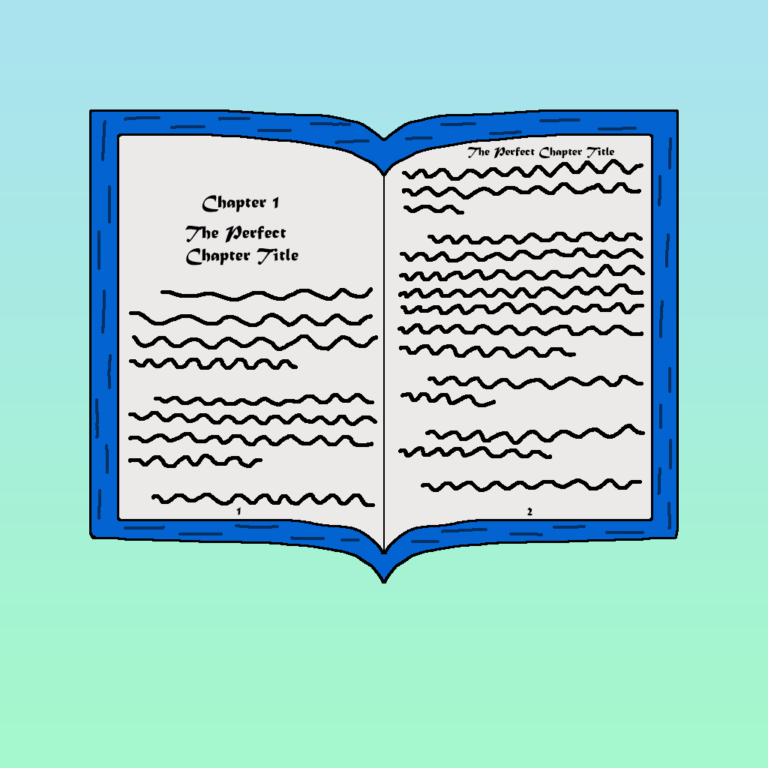
The narrative hook has its work cut out for it. For starters, it serves as the introduction to the world you created so you want to present it in a way that makes would-be readers want more. Think of it like giving a tasty sampler. You’d only give them something that entices them to want more, right? The same logic applies to the story hook here.
Moreover, the narrative hook needs to be connected to everything that comes after it. The people who choose to keep reading after the hook will be sorely betrayed and disappointed if the hook turns out to have no connections to the story. It needs to set-up the main plot or introduce a central theme of the story.
Let’s use “Harry Potter and the Sorcerer’s Stone” as an example. In the first chapter, you meet the Dursleys but you also discover that strange things are occurring across Great Britain. The strange happenings catches your interest and it isn’t until later on in the chapter that the reason was because wizards and witches were celebrating the downfall of the Dark Lord Voldemort. In a plot twist, you discover that Voldemort was defeated by a mere baby and that baby is now going to live with the Dursleys.
The chapter isn’t long but the story hook does its job quite well. It introduces readers to a world that they didn’t know existed alongside our own and establishes what would become two of the series’ central questions: how did a little baby defeat one of the most powerful dark wizards of all time and why is that baby living with people who hate magic?
A central premise of the story hook is to introduce readers to a world they’re reading about for the first time. But how do you present it in a way that doesn’t overwhelm them, thereby turning them off your book? It’s why you need to keep it simple.
What that means is don’t make it too complex. Look at it through the eyes of a first-time reader. He knows nothing whatsoever about your world or the characters within besides what he read on the book’s back cover. Having a hook that seems too confusing or complicated to understand will make him think your book isn’t worth the hassle.
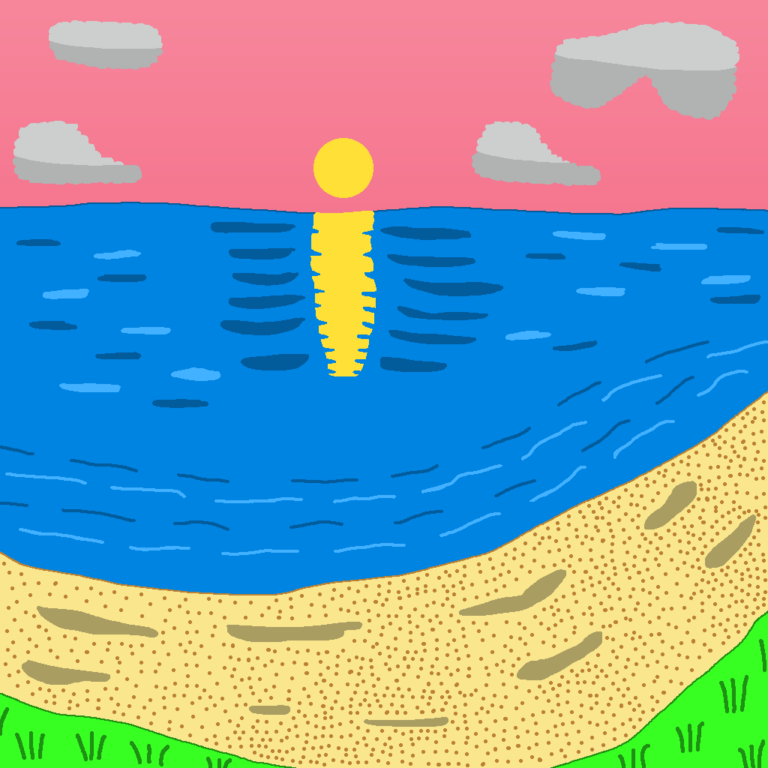
Instead go for situations that are easy to grasp and intrigue them at the same time. Popular hooks like kidnapping or murdering a character work because they’re easy to understand and help kickstart the story since readers want to discover why they happened which makes for an exciting tale!
When writing a narrative hook, always consider the type of world your story takes place in. Even though the hook is readers’ first foray into your world, you nevertheless want it to match the world’s aesthetics, thereby making it feel natural. You want your readers to believe that it’s something that happens organically, not shoehorned in just to pull them into the story.
Simple story hooks help ease readers into your tale. Fantasy worlds have layers of complexity and giving too much info right at the beginning will overwhelm readers, especially those reading your book for the first time. Hooks that are easy to follow give them a preview of what to expect while providing them just the bare essentials to digest. Doing so enables them to start familiarizing themselves with your world.
When developing the story hook, the one thing it absolutely needs to have is excitement. That is, it needs to pull readers into your world. You do so by creating situations where readers have no idea what the outcome will be, making them increasingly likely to want to see how it ends. The outcome will reverberate in the rest of the story, for good or ill.
Situations that go nowhere or ho-drum ones are a big no-no for the hook! They contribute nothing to the plot whatsoever and will only turn people off so avoid them at all costs. Go for ones that impact the story in a meaningful way and get readers invested in what happens.
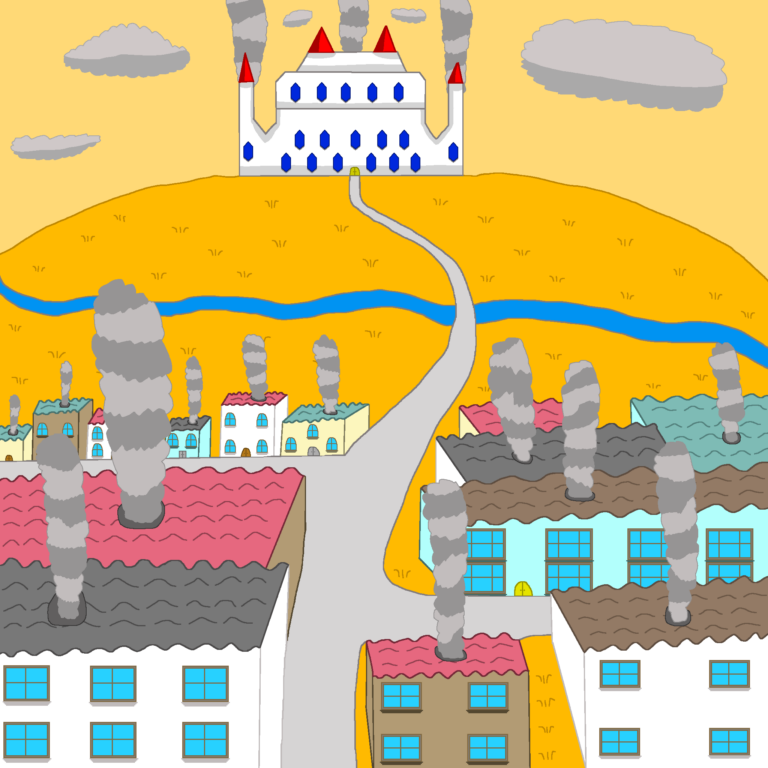
A riveting narrative hook features drama at its center. In the majority of cases, it’s usually between two characters that disagree about something though readers may not have the full context about the disagreement at this point. Other examples of a gripping hook consist of a character being murdered or fleeing from his home, being hotly pursued by a group of people. The full story usually surfaces much later and the hook is just an appetizer to ensnare readers.
The story hook also reveals the two major sides that will be at odds with each other in one form or fashion, right down to the last page. Tension between the polar sides generates drama, which in turn heightens the hook’s excitement. Readers get a preview of how said tension will drive the decisions characters on both sides make throughout the novel.
Foreshadowing something that will happen is a clever use of a hook since it turns things on its head. Readers aren’t certain whether it will come to pass or not and that uncertainty is what makes it exciting.
A narrative hook’s job is to grab would-be readers’ attention and make them want to keep reading to see what happens. You have a relatively small timeframe to get them hooked on your story so take this time to craft a compelling one that successfully pulls them in while also giving them a preview of coming attractions. There are 3 essential components to make a successful hook.
The first of three is where to put it. There’s a level of strategy that goes into in the placement. The hook works best when placed right at the beginning. You use it to establish the framework in which the story operates so readers can begin to understand how your world works.
Secondly, you want to keep it simple. Going with ones too complex will alienate them and you’ll have a harder time getting them back. Developing a hook that’s easy to understand and follow will make it easier for would-be readers to continue and before long, they’ll keep coming back for more!
Thirdly, add a splash of excitement to the story hook. Doing so spurs readers’ curiosity, making them want to see what happens. The best stories start with an introduction that grabs people’s attention and keeps them glued as they turn the pages.
Are you ready to craft a narrative hook that turns would-be readers into actual readers who can’t get enough of your story?
Let me know what you think in the comments below. (Note: this is an account-exclusive feature).
If you don’t have one, you can register here. It only takes a few moments of your time!
Liked this article and want to subscribe? All you have to do is fill out the form below and that’s it!
Thanks for reading this and until the next time,
Sunfire
Subscribing means you receive:
You can always unsubscribe anytime.
Do you want to build the fantasy world you’ve always dreamed of?
Subscribe to receive notifications when a new post is out and for our monthly newsletter!
You can always unsubscribe anytime.